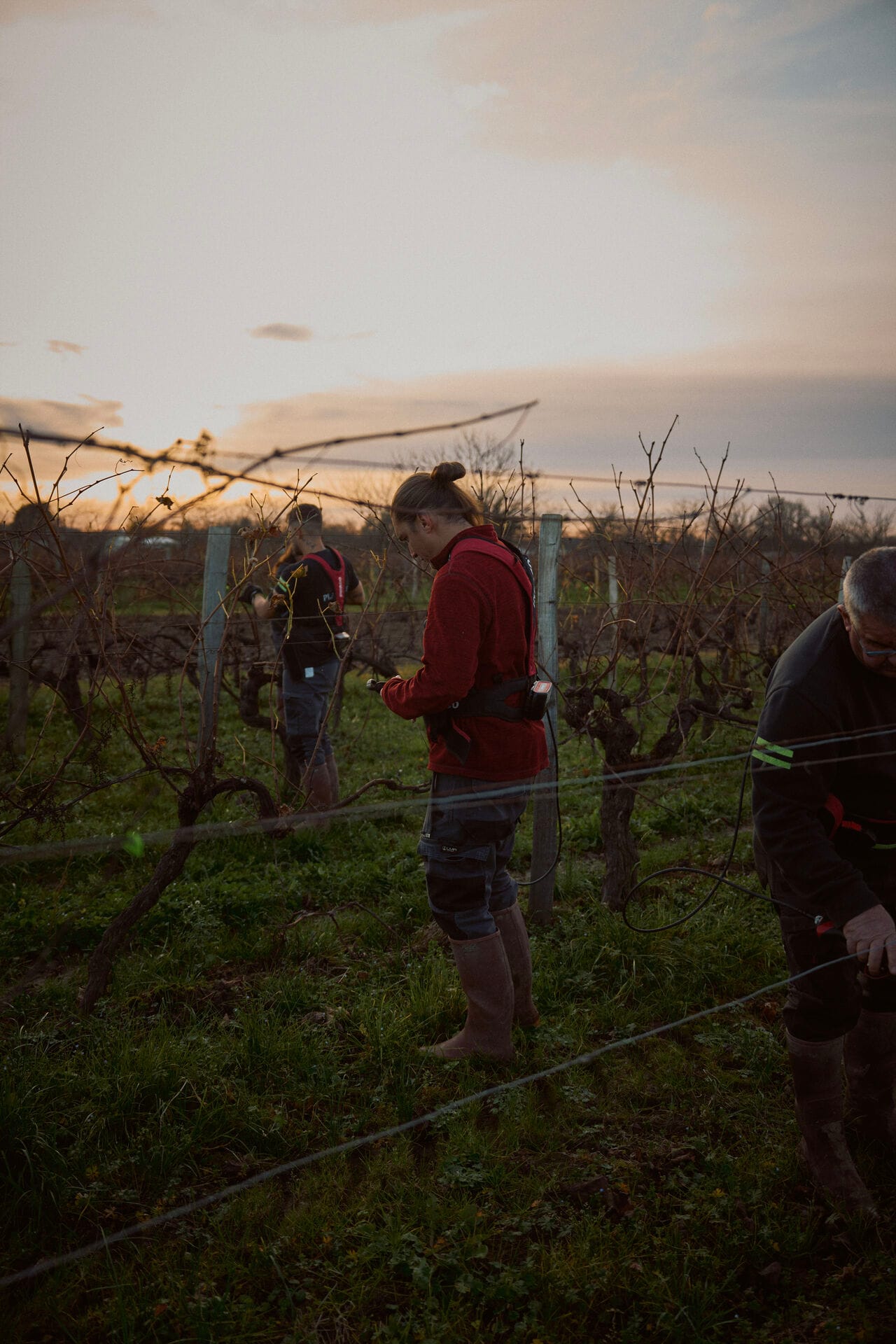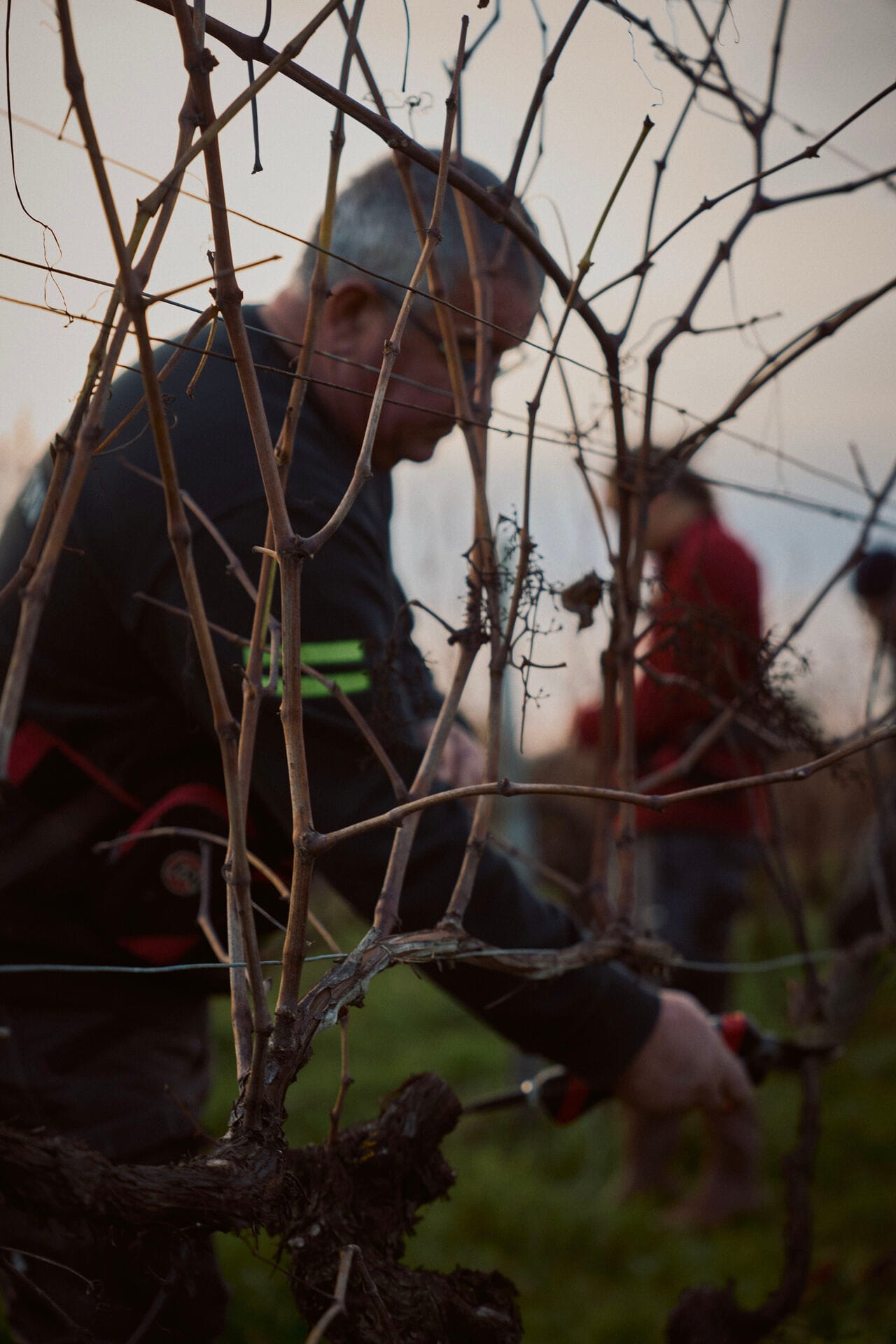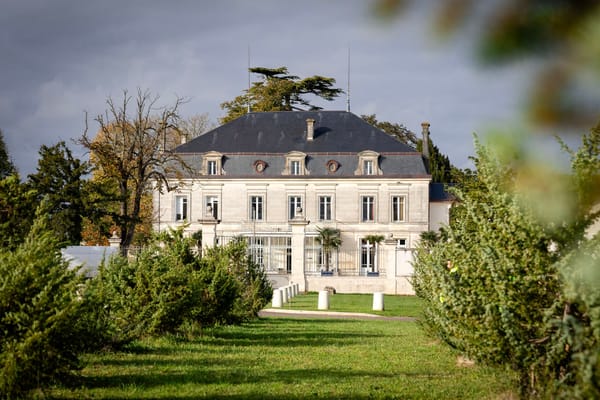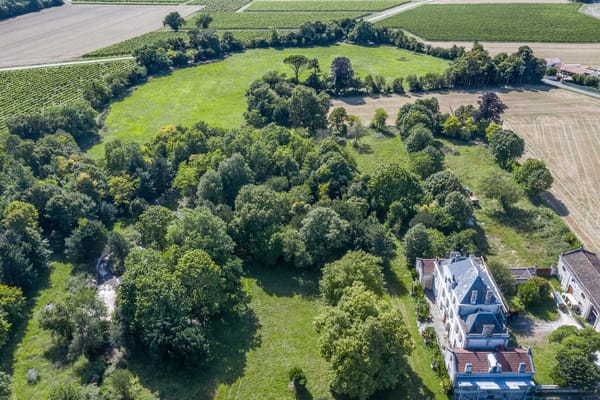From November to April, our teams work tirelessly in every kind of weather—pruning, maintaining, and guiding the vines through their natural cycle. This meticulous, often overlooked work determines grape quality before the first leaves even start to reappear.
Pruning: an essential step for the future
It all begins with the first frosts, which bring down the leaves and reveal the structure of the vine. At that point, the sap has descended, and the plant goes dormant. It is the ideal time to start pruning.
The rule is simple but crucial: grapes grow only on the previous year’s wood. Our pruners must therefore carefully select which branches to keep.
The vine is a climbing plant that grows vigorously in its quest for sunlight. Pruning has two objectives: the year’s harvest and the longevity of the vine stock. We aim to keep the vine at a certain height to make the work easier, while respecting sap flow and ensuring a healthy crop for that year. – Corentin Negre, Vineyard Manager, Maison Ferrand
This entirely manual task requires great expertise. An excellent pruner can handle 900 vines per day, but there are 3,450 vines per hectare… and our estate covers 150 hectares. Our assistant vineyard managers (Vincent and Mickaël) and our tractor operators (Loïc, Natacha, Maxime, and Jeudicaël) can’t manage it all, given the enormity of the job. We therefore enlist specialized contractors to lend a hand.

Clearing, repairing, reinforcing
Once the vines are cut, they remain attached to the trellis wires. We then remove them carefully by pulling them away to free the vine. This step can be done at the same time as pruning, but at Ferrand, we prefer to separate the processes to reduce risks for the plant. This deliberate choice ensures the plant’s well-being and a better quality overall, while respecting the land and the vines.
By pruning, we slow down the sap flow. The vine will heal the pruning wounds and therefore put less energy into growth. – Corentin Negre, Vineyard Manager, Maison Ferrand
Then, with the new year, we inspect and maintain the trellis system. Over the seasons, wires loosen or break under the weight of the vines or get damaged by machinery. We tighten them, replace them if needed, and ensure each vine can be properly guided as it grows.
Finally, at Ferrand, the removed vines are crushed on site. Turned into small chips, they naturally enrich the soil with organic matter and reduce the need for inputs. It’s a virtuous cycle where nothing goes to waste. The cold helps here, because frozen wood breaks more easily.


The vine awakens
At the end of winter, the vine slowly emerges from its slumber. The rising sap announces the arrival of the first buds, a key moment of the year. But before that, there are still several crucial steps.
In March, we tie the young, still-flexible branches to the trellis wires to shape the future vegetation and ensure good airflow for the clusters.
The vine’s awakening also signals the return of danger. Spring frosts, especially during what we call the “Ice Saints” in May, can destroy an entire harvest overnight. We closely monitor weather forecasts. At Ferrand, to limit damage, we have our own precise pruning schedule: the most vulnerable parcels are pruned last to reduce their exposure to late frosts.
What I love most about this job is that you always have to adapt to the weather and to the vine. It’s a constant challenge, but incredibly rewarding. – Corentin Negre, Vineyard Manager, Maison Ferrand

Spring is here: a new cycle begins
From April onward, everything speeds up. Buds open, the vine unfolds its first shoots, and it demands constant attention. We watch for emerging insects (poor pollination can cost us up to 50% of the harvest) and prepare the soil to optimize the young shoots’ growth.
In May, we keep guiding the vine and monitoring for any early signs of disease to optimize the young shoots’ development. Then, in late May or early June, the flowers appear.
Weather-wise, the ideal scenario is for this to happen in about a week, with dry conditions and little wind. Too much wind blows the flowers away, while too much moisture makes them stick together, which can prevent fertilization and even cause diseases.
Bunches will soon appear.
We’ll be back in a few weeks, once we’ve let the vine develop… to share whatever nature has chosen to bestow on us.












Member discussion